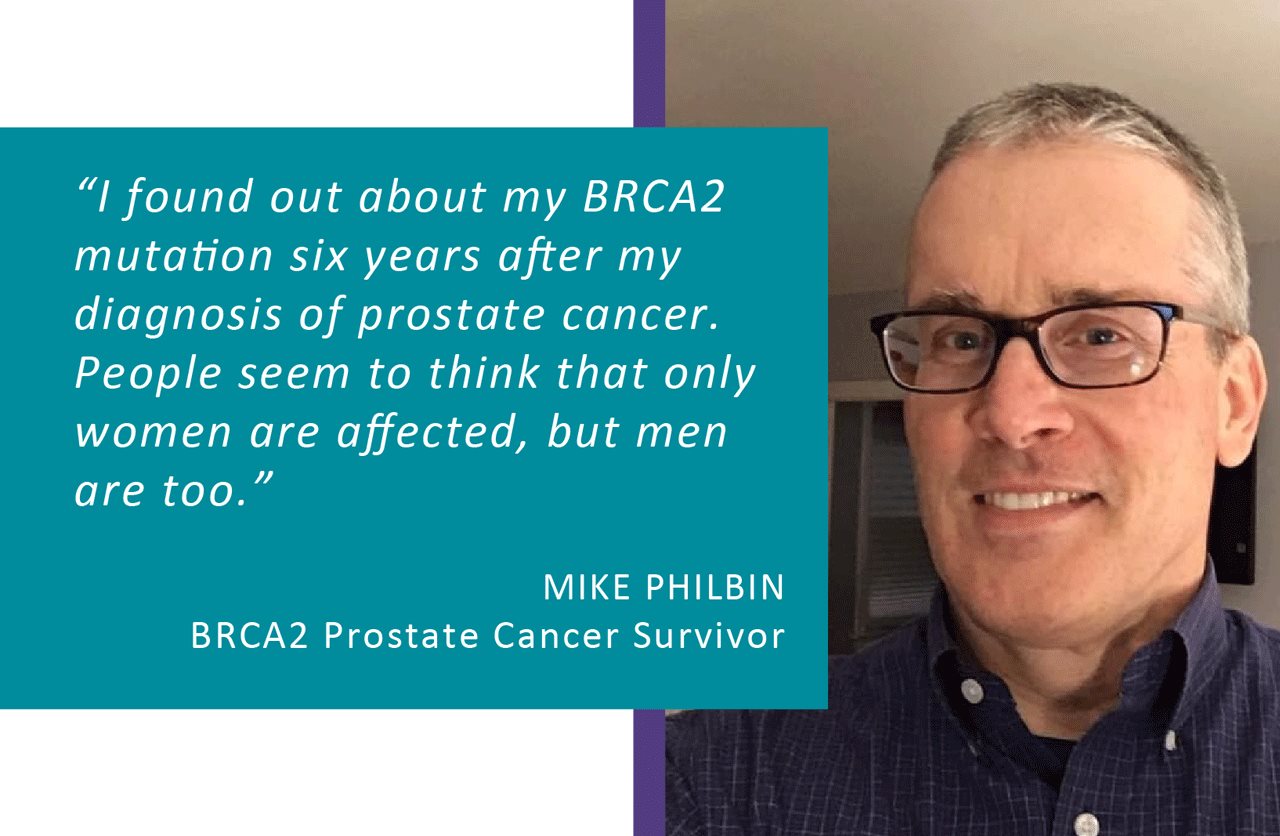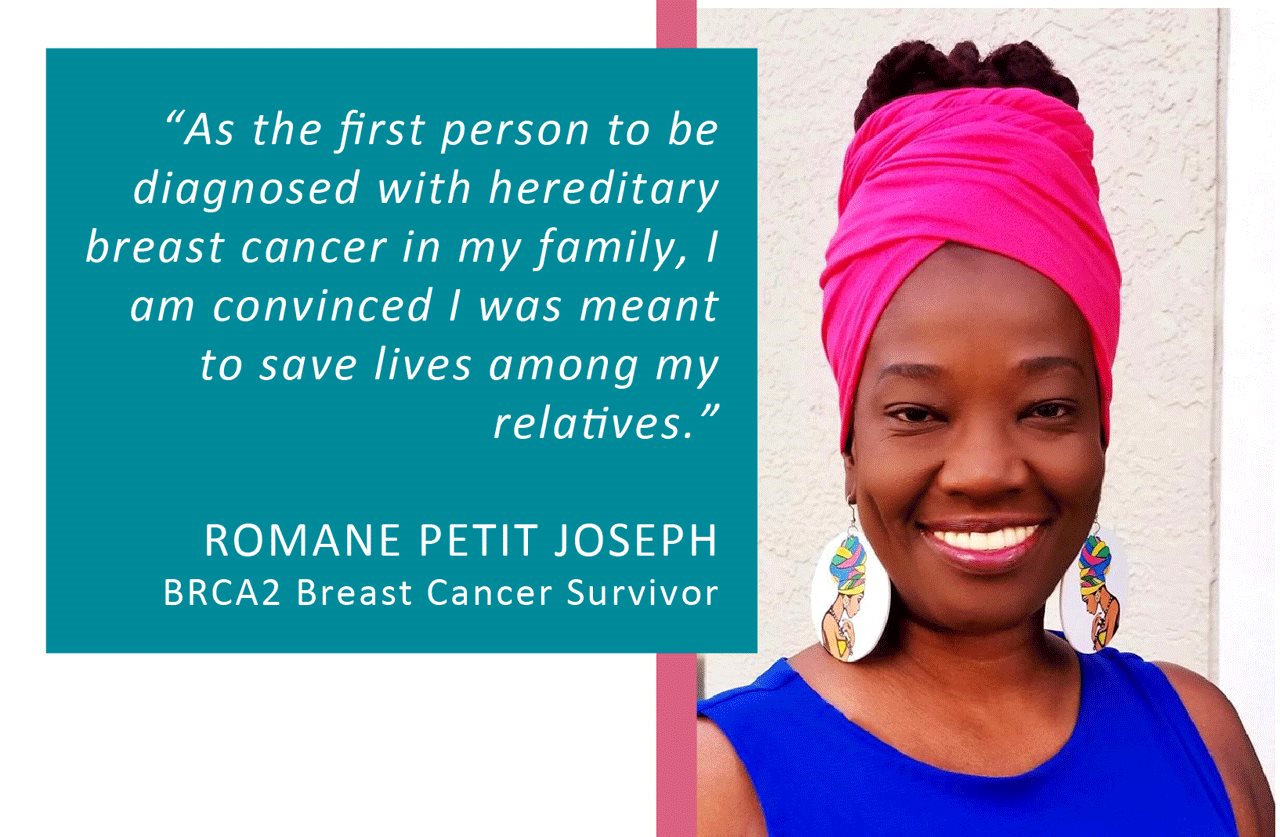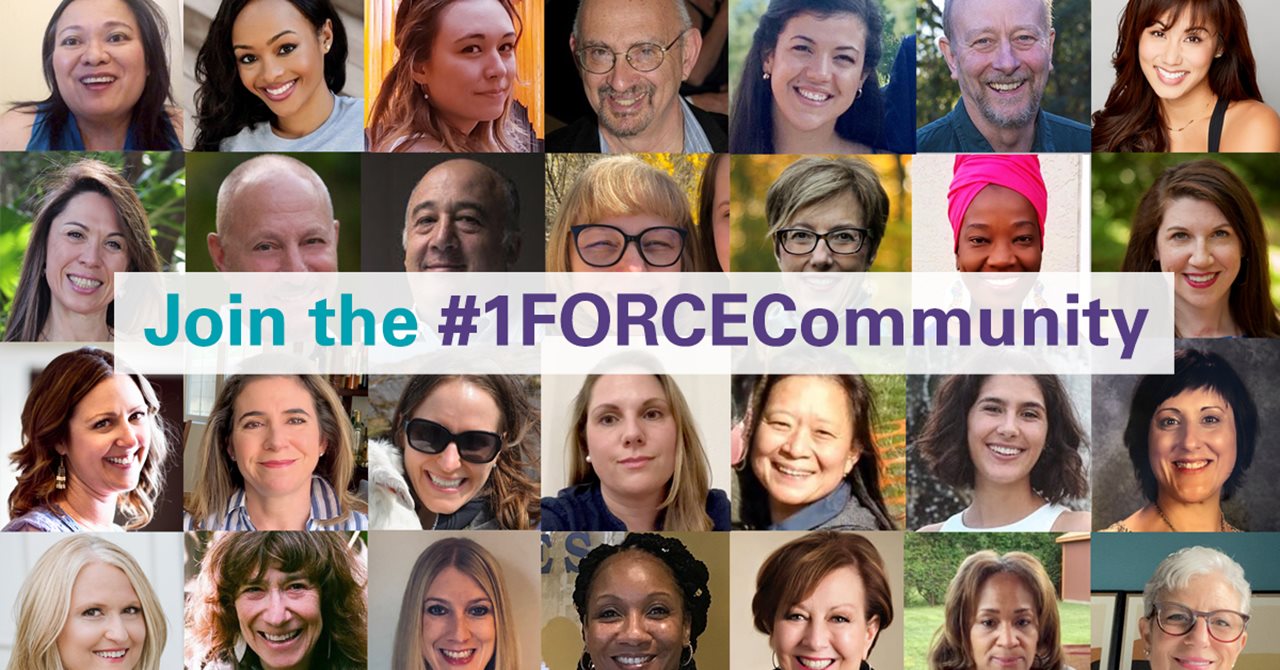2022-09-27T14:01:00
(BPT) – As part of its continued $30 million commitment to provide underrepresented founders with the resources, capital and community they need to level the startup playing field, Amazon Web Services (AWS) is welcoming a cohort of 25 women founders to its AWS Impact Accelerator program.
The new cohort members were selected from a competitive field of over 1,000 applicants, and chosen by a diverse committee of AWS startup experts based on the strength of their idea, technical readiness and an extensive application and interview process. AWS will be providing them with the support they need to accelerate their businesses and narrow the gender funding gap of the startup world.
Meet the 25 startups and their women founders who will be accelerating their businesses through the AWS Impact Accelerator Program:
Industry: Education
Dreami | Founder: Ashima Sharma | Location: California
Dreami powers mentorship-driven workforce development programs for Educational, Non-Profit, Government organizations. The platform streamlines mentor-mentee matching, scheduling, training and tracking, to create high-impact opportunities for work-ready candidates.
LocalCivics | Founder: Beverly Leon | Location: New York
Local Civics enables K-12 students and educators to build civic engagement and community leadership skills through a game-based digital learning platform. It teaches young people about authority and how to harness their unique gifts to empower themselves and their communities.
TeeRead | Founding Team: Trinidad Bensusan Millé & Gabriele Battiato | Location: Florida
TeeRead is a platform for parents and teachers that uses AI speech recognition to make reading intervention scalable. The platform automatically diagnoses students’ reading levels, pinpoints reading issues and curates content based on a student’s ability.
Industry: Financial Services
Miren | Founder: Gabriela Campoverde | Location: New York
Miren provides community development financial institutions (CDFIs) and non-profit small business foundations with software that helps them engage with communities and mission-driven startups to distribute beneficial capital to some of the nation’s most underserved neighborhoods.
Totem | Founder: Amber Buker | Location: Oklahoma
Totem was founded and funded by Native Americans to create pathways to financial inclusion fo rIndigenous people through digital banking. Totem partners with sovereign tribal governments to provide relevant financial products and education, and to make tribal benefits more accessible.
Walkthrough | Founder: Megan Valentine | Location: Pennsylvania
Walkthrough gives users access to personalized financial advice to help them on their financial journey. The app incorporates behavioral science and gamification to keep members encouraged and motivated as they make decisions about investing, spending, wealth management and more.
Industry: Gaming
rrecess | Founder: Bee Law | Location: Oklahoma
rrecess is a timed social game with friends and “friends of friends.” The app connects people through shared interests and randoms, bringing them together at specific times of the day for meaningful interactions. rrecess represents a community-driven solution to social media fatigue.
Industry: Government
Cleare | Founding Team: Tisia Saffold & Ian Kiku | Location: Virginia
The childcare industry is at the forefront of our economy; however, 80% of daycares today operate without a viable tech solution. Cleare is compliance software for home and center daycares that streamlines the licensing inspection process and digitizes document collection.
Industry: Healthcare
EmpiricaLab | Founder: Norma Padron | Location: Texas
EmpiricaLab is a collaborative knowledge-sharing platform that enables peer-based training for healthcare teams. The platform connects team members with customized, relevant training content, empowering them to set, work toward and achieve goals in a professional setting.
Euphoria | Founder: Kate Anthony | Location: Colorado
Euphoria helps transgender individuals navigate the arduous process of gender transition through a combination of four unique apps. Solace is a healthcare navigator app; Bliss helps financially plan for transition; Clarity is a sense-of-self tracker; and Devotion is a daily affirmations app.
Nessle | Founder: Carly Buxton | Location: Virginia
The Nessle platform helps new and expectant parents connect with perinatal experts nationwide. Through a highly-filterable, responsive web platform, parents can search, find and pay for virtual and in-person support from trained experts across the full spectrum of parenting concerns.
RxPlace | Founding Team: Patty Bollenbach & Franklin Williams | Location: California
RxPlace digitizes the process of medication procurement, while bringing transparency and efficiency to prescription fulfillment. RxPlace delivers a frictionless purchasing experience for pharmacists, so they can focus on clinical responsibilities and spend more time with patients.
Industry: Human Resources/Talent Acquisition
Culturora | Founder: Jody Madala | Location: Pennsylvania
Culturora is a networking platform that helps companies build a more inclusive workplace culture, to attract and retain top talent. The app engages employees and encourages them to participate in purposeful conversations using video technology and conversation prompts.
DIVERSD | Founding Team: Jennifer Williams & Jared Alessandroni | Location: New York
DIVERSD is an AI-driven approach to shaping Human Resources around the concerns of overlooked groups. A “CDO in a box,” DIVERSD offers a bot interface for nonjudgmental HR interactions, pattern detection to subvert marginalization and integrations to preserve anonymity.
Matchplicity | Founding Team: Lauren Burke Silva, Jovan Silva, Lori Burke, Zita Steglich-Ross | Location: Washington, D.C.
Matchplicity is decentralizing recruitment platforms by empowering niche, community-based organizations to mobilize their professional populations. The platform connects the most qualified candidates directly to hiring companies through an AI-powered matchmaking platform.
Industry: Media & Entertainment
ForUsApps | Founding Team: Saniya Shah & Omer Winrauke| Location: New Hampshire
ForUsApps gives content creators next-gen AI-powered tools to support startups and side-hustles. The company’s collection of technologies is accessible, practical and, most importantly, easy to use by creators and businesses as they seek to scale their social media presence.
Industry: Professional Services
Call Emmy | Founder: Arezou Zarafshan | Location: Colorado
Call Emmy is a non-demand marketplace that connects hyperlocal, qualified household and childcare service providers to families. The company seeks to solve some of the most persistent daily challenges working families face, while prioritizing accessibility, convenience and safety.
Clyn | Founder: Diana Muturia | Location: Arizona
Clyn is a SaaS-enabled marketplace platform for home upkeep and cleaning services. By combining a marketplace model and SaaS tools, Clyn helps service providers grow their scope of services to attract and retain customers, and gives them the autonomy to scale their business.
Dinner Daily | Founder: Laurin Mills | Location: Massachusetts
Dinner Daily offers personalized meal planning for consumers and strategic growth opportunities for grocers. The app solves the challenges of dinner planning by generating unique shopping lists specific to local grocers, while helping consumers save money and eat better week after week.
Industry: Retail
Glou | Founder: Karen Lee | Location: Massachusetts
Glou is the first consumer-to-consumer beauty marketplace, enabling users to buy and sell makeup, skincare and beauty products. The platform empowers beauty enthusiasts to become more conscious consumers, pushing against an industry that encourages over-consumption.
Industry: Software & Internet
Alta Tools | Founding Team: Son Ca Vu & Scott Ostler| Location: California
Alta is an AI-powered mobile platform that helps anyone design, build and launch mobile apps. With its simple no-code interface, powerful automation and smart design tools, Alta empowers businesses to quickly build and launch mobile apps across all major platforms simultaneously.
Monday Hero | Founding Team: Nazli Temurtas & Burcu Geneci | Location: California
Monday Hero is a low-code SaaS platform that helps startups, freelancers and mobile development companies create mobile apps 60% faster. The platform automatically converts Figma, Adobe XD, Sketch App and other design files to code, to expedite build times.
Standd | Founding Team: Julie Saltman & Stephen Solka | Location: Washington, D.C.
Standd is a SaaS platform that gives lawyers visibility over their firm’s information, how it’s connected and how their team is using it. The platform integrates files with the data storage and research systems lawyers rely on, to enable quicker decision-making and better outcomes.
Industry: Sustainability
ECGO | Founder: Nicole Toole | Location: Georgia
ECGO rewards users for their recycling efforts. The app offers incentives to college and university students who choose to recycle, including discounts to popular restaurants and local businesses. ECGO aims to create a connection between recycling and reward at a personal level.
Industry: Travel
Inclusive Journeys | Founding Team: Crystal Egli & Parker McMullen Bushman | Location: Colorado
Inclusive Journeys helps people of marginalized identities find safe and welcoming spaces when traveling — and encourages inclusive businesses to open their doors to an even wider segment of customers. The app helps users locate, rate and review inclusive spaces wherever they travel.
Each of these startups will receive up to $225,000 in cash and AWS Activate credits, an extensive and individually curated training curriculum, mentoring and technical guidance, introductions to AWS leaders and teams, networking opportunities with potential investors, and ongoing advisory support.
Additionally, the program provides each of these founders the opportunity to augment their network and foster friendships and partnerships with their fellow founders that will outlast the intensive eight weeks. In the months and years ahead, the startups will have access to a virtual community, alumni events, curriculum (including future content), plus the opportunity to tap into ongoing support from program mentors and experts.
“Women are the driving force behind a thriving economy and AWS looks forward to supporting these impressive finalists in furthering their missions,” said Howard Wright, Vice President of Startups at AWS. “Over the course of eight weeks, they will be developing their ventures alongside AWS technology experts, investors, and partners and we can’t wait to see what they accomplish.”
Stay tuned for the next round of cohort finalists in the AWS Impact Accelerator Program.
Industry: Education
Dreami | Founder: Ashima Sharma | Location: California
Dreami powersmentorship-driven workforce development programs for Educational, Non-Profit,Government organizations. The platform streamlines mentor-mentee matching,scheduling, training and tracking, to create high-impact opportunities forwork-ready candidates.
LocalCivics | Founder: Beverly Leon | Location: NewYork
Local Civics enablesK-12 students and educators to build civic engagement and community leadershipskills through a game-based digital learning platform. It teaches young peopleabout authority and how to harness their unique gifts to empower themselves andtheir communities.
TeeRead | Founding Team: Trinidad Bensusan Millé & Gabriele Battiato | Location: Florida
TeeRead is a platformfor parents and teachers that uses AI speech recognition to make readingintervention scalable. The platform automatically diagnoses students’ readinglevels, pinpoints reading issues and curates content based on a student’sability.
Industry: Financial Services
Miren | Founder: Gabriela Campoverde | Location: New York
Miren providescommunity development financial institutions (CDFIs) and non-profit smallbusiness foundations with software that helps them engage with communities andmission-driven startups to distribute beneficial capital to some of thenation’s most underserved neighborhoods.
Totem | Founder: Amber Buker | Location: Oklahoma
Totem was founded andfunded by Native Americans to create pathways to financial inclusion forIndigenous people through digital banking. Totem partners with sovereign tribalgovernments to provide relevant financial products and education, and to maketribal benefits more accessible.
Walkthrough | Founder: Megan Valentine | Location: Pennsylvania
Walkthrough givesusers access to personalized financial advice to help them on their financialjourney. The app incorporates behavioral science and gamification to keepmembers encouraged and motivated as they make decisions about investing,spending, wealth management and more.
Industry: Gaming
rrecess | Founder: Bee Law | Location: Oklahoma
rrecess is a timedsocial game with friends and “friends of friends.” The app connects peoplethrough shared interests and randoms, bringing them together at specific timesof the day for meaningful interactions. rrecess represents a community-drivensolution to social media fatigue.
Industry: Government
Cleare | Founding Team: Tisia Saffold & Ian Kiku | Location: Virginia
The childcare industryis at the forefront of our economy; however, 80% of daycares today operatewithout a viable tech solution. Cleare is compliance software for home andcenter daycares that streamlines the licensing inspection process and digitizesdocument collection.
Industry: Healthcare
EmpiricaLab | Founder: Norma Padron | Location: Texas
EmpiricaLab is acollaborative knowledge-sharing platform that enables peer-based training forhealthcare teams. The platform connects team members with customized, relevanttraining content, empowering them to set, work toward, and achieve goals in aprofessional setting.
Euphoria | Founder: Kate Anthony | Location: Colorado
Euphoria helpstransgender individuals navigate the arduous process of gender transitionthrough a combination of four unique apps. Solace is a healthcare navigatorapp; Bliss helps financially plan for transition; Clarity is a sense-of-selftracker; and Devotion is a daily affirmations app.
Nessle | Founder: Carly Buxton | Location: Virginia
The Nessle platformhelps new and expectant parents connect with perinatal experts nationwide.Through a highly-filterable, responsive web platform, parents can search, findand pay for virtual and in-person support from trained experts across the fullspectrum of parenting concerns.
RxPlace | Founding Team: Patty Bollenbach & Franklin Williams | Location:California
RxPlace digitizes theprocess of medication procurement, while bringing transparency and efficiencyto prescription fulfillment. RxPlace delivers a frictionless purchasingexperience for pharmacists, so they can focus on clinical responsibilities andspend more time with patients.
Industry: Human Resources/Talent Acquisition
Culturora | Founder: Jody Madala | Location: Pennsylvania
Culturora is anetworking platform that helps companies build a more inclusive workplaceculture, to attract and retain top talent. The app engages employees andencourages them to participate in purposeful conversations using videotechnology and conversation prompts.
DIVERSD | Founder: Jennifer Williams & Jared Alessandroni | Location: New York
DIVERSD is anAI-driven approach to shaping Human Resources around the concerns of overlookedgroups. A “CDO in a box,” DIVERSD offers a bot interface for nonjudgmental HRinteractions, pattern detection to subvert marginalization and integrations topreserve anonymity.
Matchplicity | Founder : Lauren Burke Silva, Jovan Silva, Lori Burke, Zita Steglich-Ross | Location: Washington D.C.
Matchplicity isdecentralizing recruitment platforms by empowering niche, community-basedorganizations to mobilize their professional populations. The platform connectsthe most qualified candidates directly to hiring companies through anAI-powered matchmaking platform.
Industry: Media & Entertainment
ForUsApps | Founder: Saniya Shah | Location: New Hampshire
ForUsApps givescontent creators next-gen AI-powered tools to support startups andside-hustles. The company’s collection of technologies is accessible, practicaland, most importantly, easy to use by creators and businesses as they seek toscale their social media presence.
Industry: Professional Services
CallEmmy | Founder: Arezou Zarafshan | Location: Colorado
Call Emmy is anon-demand marketplace that connects hyperlocal, qualified household andchildcare service providers to families. The company seeks to solve some of themost persistent daily challenges working families face, while prioritizingaccessibility, convenience and safety.
Clyn | Founder: Diana Muturia | Location: Arizona
Clyn is a SaaS-enabledmarketplace platform for home upkeep and cleaning services. By combining amarketplace model and SaaS tools, Clyn helps service providers grow their scopeof services to attract and retain customers, and gives them the autonomy toscale their business.
DinnerDaily | Founder: Laurin Mills | Location: Massachusetts
Dinner Daily offerspersonalized meal planning for consumers and strategic growth opportunities forgrocers. The app solves the challenges of dinner planning by generating uniqueshopping lists specific to local grocers, while helping consumers save money andeat better week after week.
Industry: Retail
Glou | Founder: Karen Lee | Location: Massachusetts
Glou is the firstconsumer-to-consumer beauty marketplace, enabling users to buy and sell makeup,skincare and beauty products. The platform empowers beauty enthusiasts tobecome more conscious consumers, pushing against an industry that encouragesover-consumption.
Industry: Software & Internet
AltaTools | Founding Team: Son Ca Vu & Scott Ostler| Location: California
Alta is an AI-poweredmobile platform that helps anyone design, build and launch mobile apps. Withits simple no-code interface, powerful automation and smart design tools, Altaempowers businesses to quickly build and launch mobile apps across all majorplatforms simultaneously.
MondayHero | Founding Team: Nazli Temurtas & BurcuGeneci | Location: California
Monday Hero is alow-code SaaS platform that helps startups, freelancers and mobile developmentcompanies create mobile apps 60% faster. The platform automatically convertsFigma, Adobe XD, Sketch App and other design files to code, to expedite buildtimes.
Standd | Founding Team: Julie Saltman & Stephen Solka | Location:Washington D.C.
Standd is a SaaSplatform that gives lawyers visibility over their firm’s information, how it’sconnected and how their team is using it. The platform integrates files withthe data storage and research systems lawyers rely on, to enable quickerdecision-making and better outcomes.
Industry: Sustainability
ECGO | Founder: Nicole Toole | Location: Georgia
ECGO rewards users fortheir recycling efforts. The app offers incentives to college and universitystudents who choose to recycle, including discounts to popular restaurants andlocal businesses. ECGO aims to create a connection between recycling and rewardat a personal level.
Industry: Travel
InclusiveJourneys | Founding Team: Crystal Egli & ParkerMcMullen Bushman | Location: Colorado
Inclusive Journeyshelps people of marginalized identities find safe and welcoming spaces whentraveling—and encourages inclusive businesses to open their doors to an evenwider segment of customers. The app helps users locate, rate and reviewinclusive spaces wherever they travel.

















